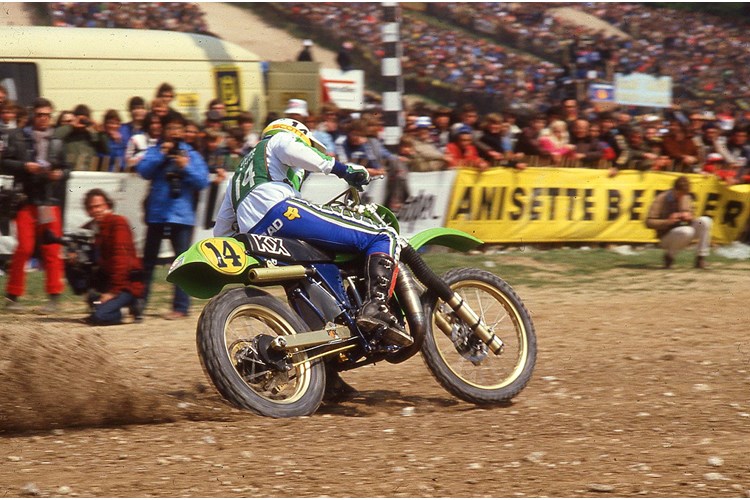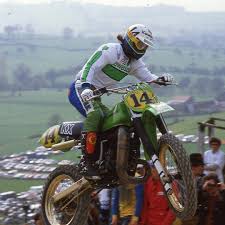
Brad Lackey, one of motocross’s most celebrated riders, recently reflected on a unique and groundbreaking aspect of his career: racing for both CZ and Kawasaki in 1972. When asked about this extraordinary period in his career, Lackey gave an insightful glimpse into what was a much different time in the world of motocross.
In 1971, Lackey began his association with Kawasaki as a test rider, a role that allowed him to work closely with the brand’s engineers and contribute to the development of their motorcycles. By 1972, Kawasaki had finalized its Open Class prototype, and Lackey was ready to take it to the track. At the same time, he had an existing contract with CZ, a Czech motorcycle manufacturer, to compete in the 250 Nationals. Kawasaki, keen to see their new machine in action, had already signed Lackey to ride in the 500 Nationals.
What made Lackey’s situation so unique was the fact that he was racing for two different brands in two different classes in the same season—something that was almost unheard of in the world of professional motocross. Lackey admitted that the situation was a bit unconventional, but back then, no one really made a big deal out of it. Kawasaki, in particular, was thrilled to have Lackey’s talent behind the handlebars of their new 500cc bike, eager for him to rack up wins and validate their engineering efforts.
The 1972 racing season was a remarkable one for Lackey. At the famous Hangtown Motocross, he competed in both the 250cc and 500cc classes on the same day—a feat that would be nearly impossible by today’s standards. Despite the physically demanding nature of racing in two classes, Lackey was more than up for the challenge. His performance that year was stellar, with Lackey clinching the 500 Championship and coming incredibly close to securing the 250 title as well.
However, as Lackey pointed out, racing back then was very different. While it was possible to race in multiple classes, there were still plenty of obstacles and unpredictabilities. In his case, his bid for the 250 title came to an unfortunate halt when his transmission fell off, costing him the championship. Despite the setback, Lackey’s accomplishments that season remain a testament to his skill, adaptability, and pioneering spirit in the sport of motocross.
Looking back, Lackey’s experience in 1972 remains a rare and fascinating chapter in motocross history. His ability to balance two contracts and compete at the highest level in two classes simultaneously exemplified the spirit of a time when motocross was evolving into the modern sport we know today. Despite the challenges and the chaos of that season, Lackey’s legacy as one of the sport’s greatest riders continues to inspire future generations.

Leave a Reply